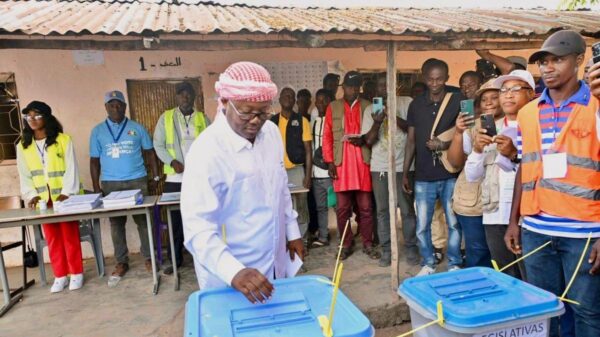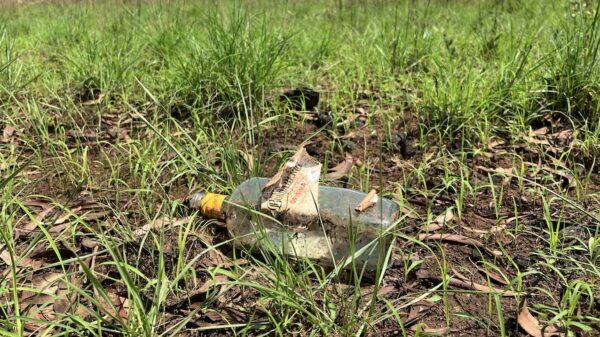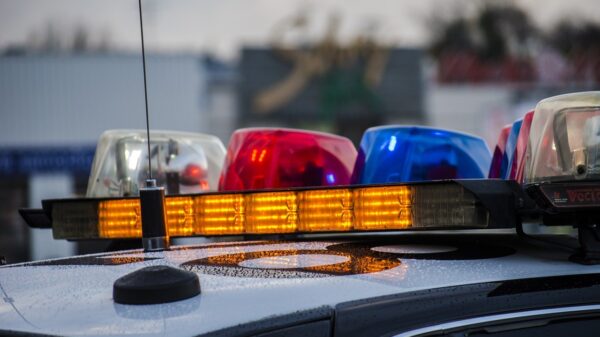Efforts to conserve elephant populations are witnessing a technological shift, as drones are emerging as effective tools in wildlife management. Once regarded as a disruptive presence, drones are now being adapted to play a crucial role in protecting elephants, particularly in regions where human-elephant conflicts occur.
Drones have transitioned from being perceived as a source of disturbance to an ally in conservation efforts. These unmanned aerial vehicles (UAVs) are increasingly utilized for monitoring elephant movements, assessing habitat conditions, and managing conflicts with agricultural land. This innovative approach aims to reduce human-wildlife conflict, which often leads to the death of elephants and economic losses for farmers.
The adaptation of elephants to drones has surprised many researchers. Instead of fleeing at the sight of these flying machines, elephants have shown a capacity to adjust their behavior, potentially indicating their intelligence and resilience. This behavioral shift not only enhances the effectiveness of drone technology in conservation efforts but also allows researchers to gather more accurate data on elephant populations.
Expanding Applications in Conservation
Drones offer a range of applications within conservation strategies. In regions such as Africa and Asia, where elephants frequently wander into croplands, drones can help identify their movements and predict potential conflicts. By monitoring these animals from the sky, conservationists can implement timely interventions to redirect elephants away from agricultural areas, thereby minimizing crop damage and human-elephant interactions.
The use of drones extends beyond mere monitoring. They can also facilitate research efforts by capturing high-resolution images and videos, which provide valuable insights into elephant behavior, migration patterns, and habitat utilization. Such data can lead to more informed conservation policies and practices.
According to a study published in the journal “Nature Conservation,” the integration of drones into wildlife monitoring has significantly improved data collection efficiency, reducing the time and resources needed for traditional ground surveys. The study highlights the potential for drones to revolutionize wildlife management, particularly in remote or hard-to-access areas.
Challenges and Future Directions
Despite the advantages, the incorporation of drones into elephant conservation is not without challenges. Issues related to regulatory frameworks, privacy concerns, and the need for training in UAV operation persist. Additionally, the cost of drone technology can be a barrier for some conservation organizations.
Nonetheless, the future of drone use in conservation looks promising. As technology advances and costs decrease, more organizations are expected to adopt these tools. Collaborative efforts between governments, NGOs, and technology developers will be essential in overcoming existing challenges and maximizing the potential of drones in wildlife conservation.
The growing acceptance of drones as a valuable asset in elephant conservation underscores a significant shift in the approach to wildlife management. By harnessing the power of technology, conservationists are better equipped to protect elephants and ensure their survival in an increasingly human-dominated landscape. The successful integration of drones into elephant conservation efforts exemplifies how innovation can lead to more effective strategies in addressing global wildlife challenges.































































